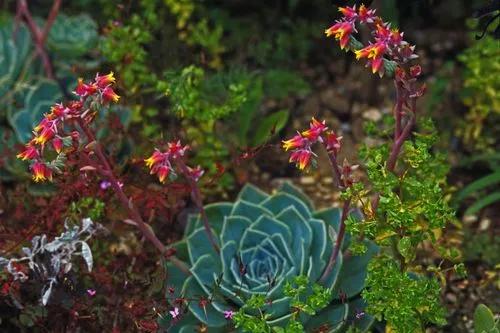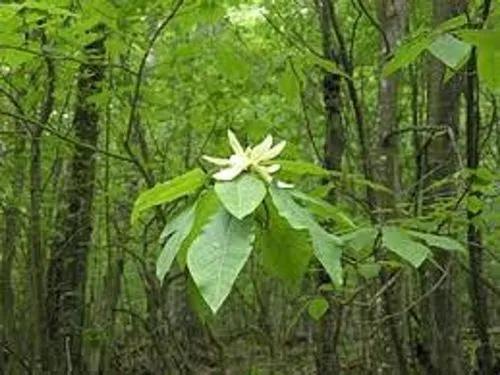Black nightshade is a native annual found throughout most of England but becoming rarer northwards and local in Wales. It is recorded up to 1,000 ft. Black nightshade is a plentiful and troublesome weed of agricultural and horticultural fields and gardens. It occurs on a wide range of soils but prefers soil rich in nitrogen.Black nightshade exhibits a high level of variability and several sub-species have been identified. Some populations have developed resistance to the triazine herbicide atrazine.
Black Nightshade Care
Solanum Nigrum



What is the plant
How to Care for the Plant

Water

Very tolerant of dry conditions

Sunlight

Dislikes shade

Soil

Succeeds in most soils
Ease your plant care routine with PlantIn's personalized system.

Additional

There is a lot of disagreement over whether or not the leaves or fruit of this plant are poisonous. Views vary from relatively poisonous to perfectly safe to eat. The plant is cultivated as a food crop, both for its fruit and its leaves, in some parts of the world and it is probably true to say that toxicity can vary considerably according to where the plant is grown and the cultivar that is being grown[. The unripe fruit contains the highest concentration of toxins

Popularity

2,399 people already have this plant 361 people have added this plant to their wishlists
What's wrong with your plant?
Related Plants
Discover more plants with the list below
Popular articles






